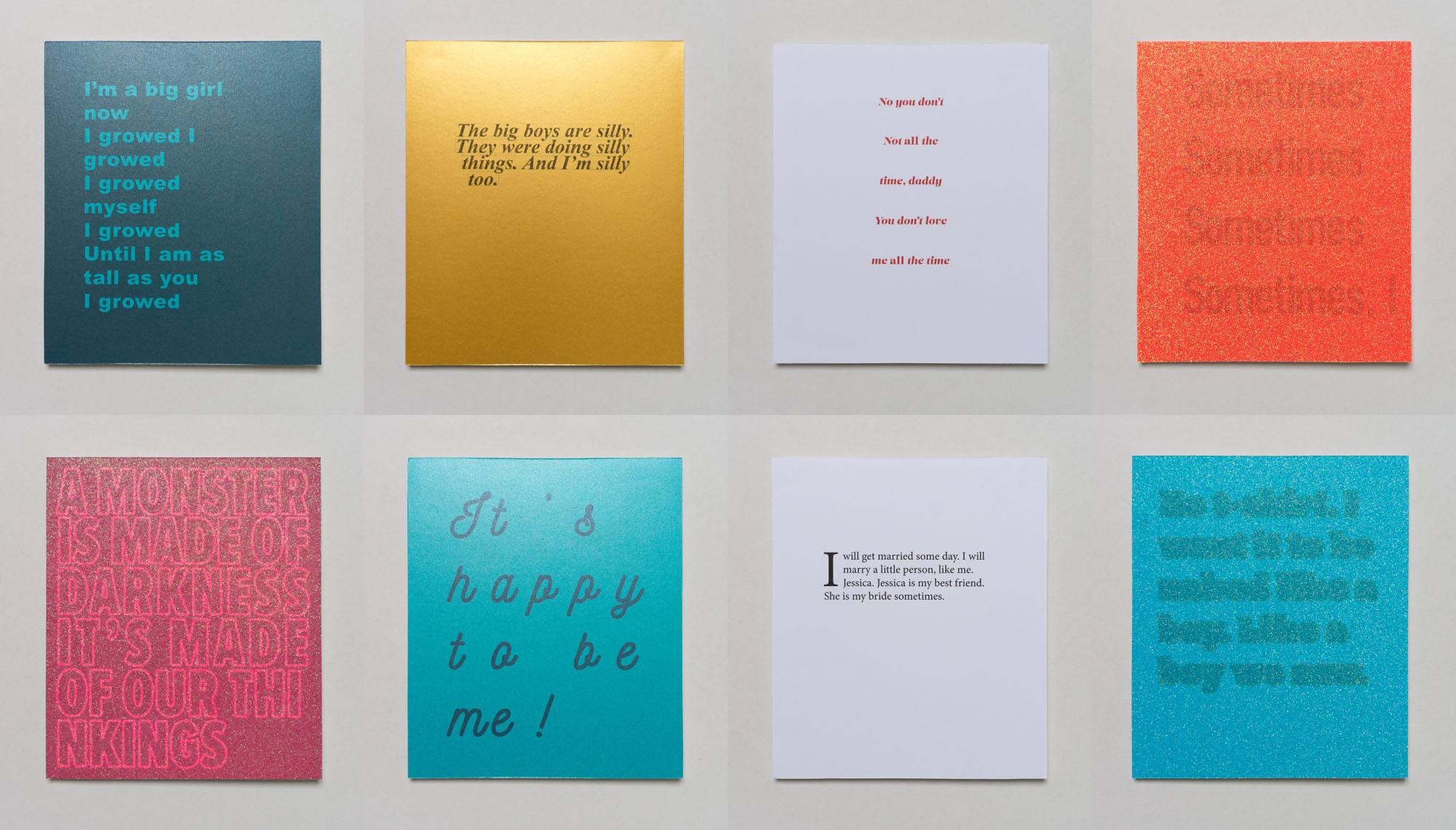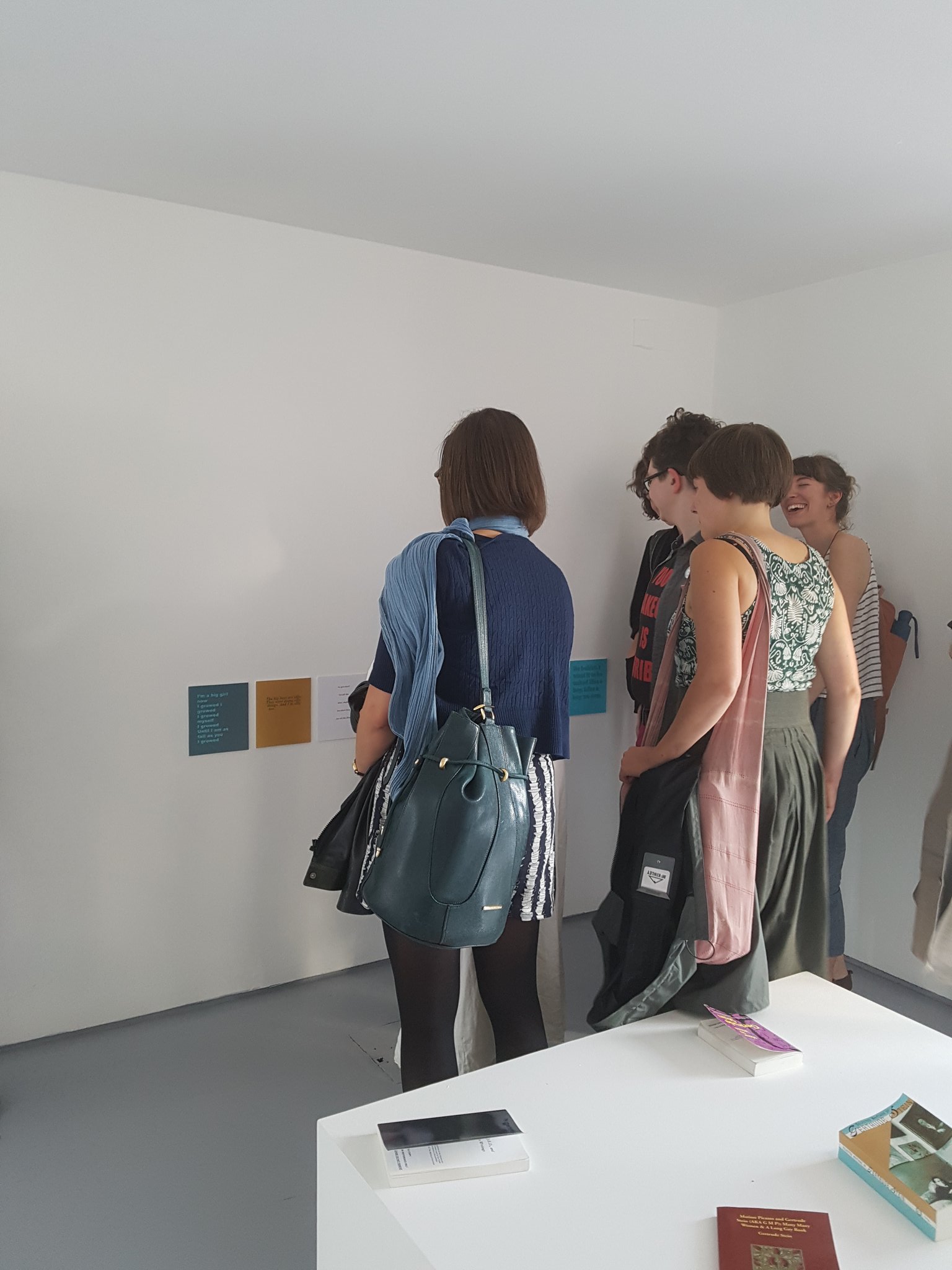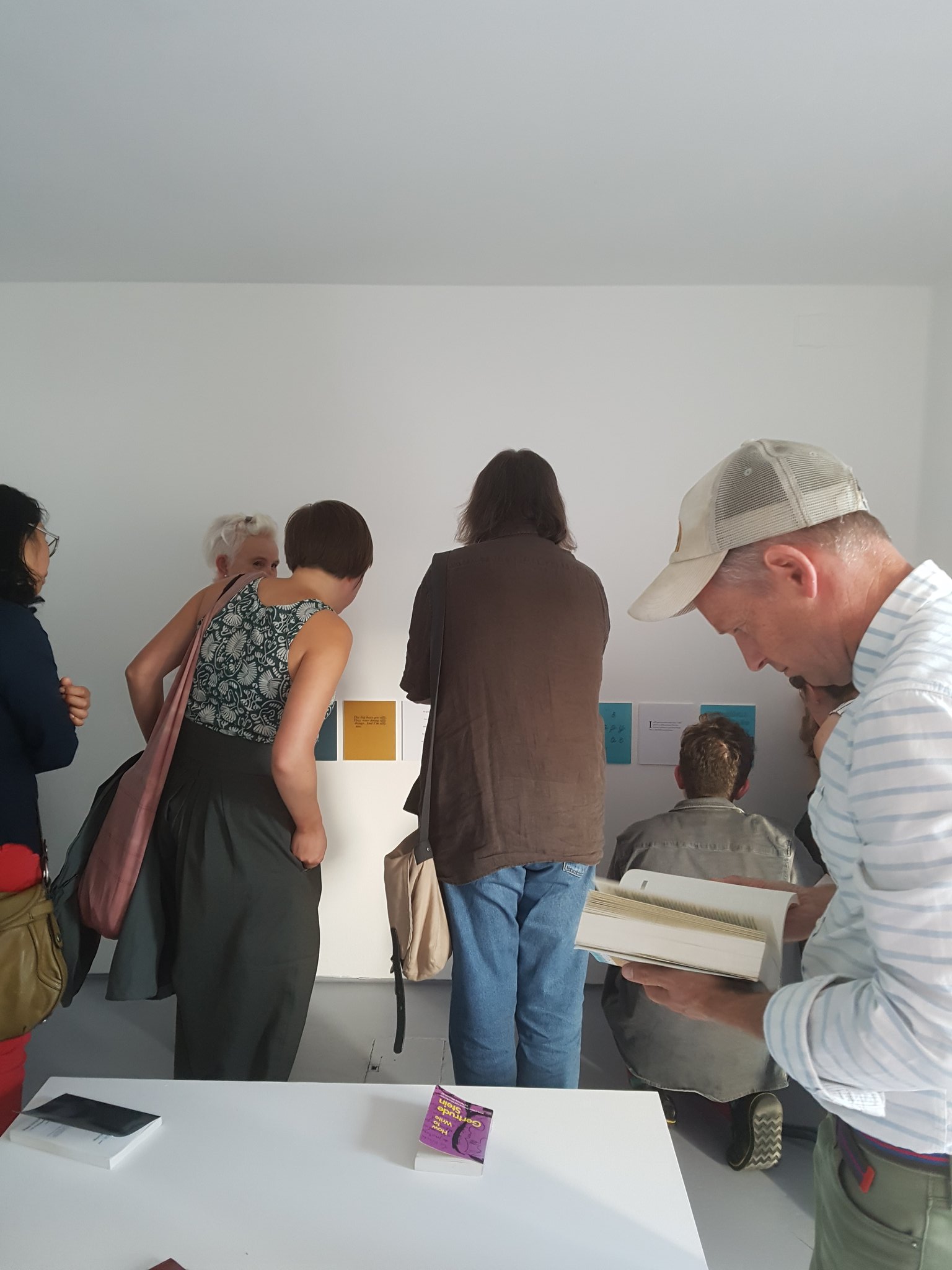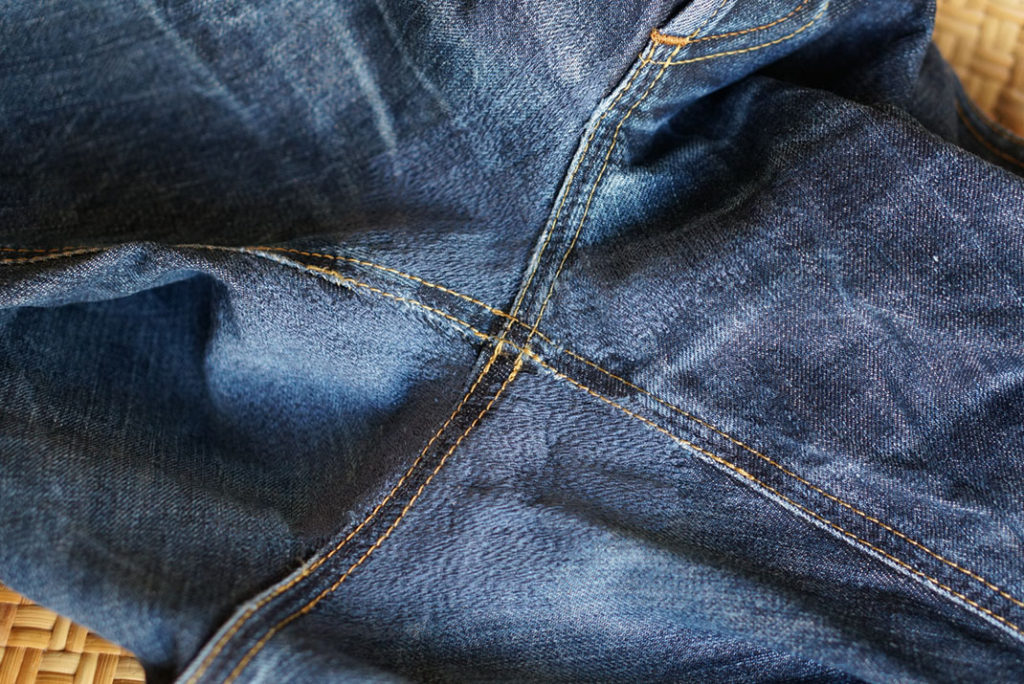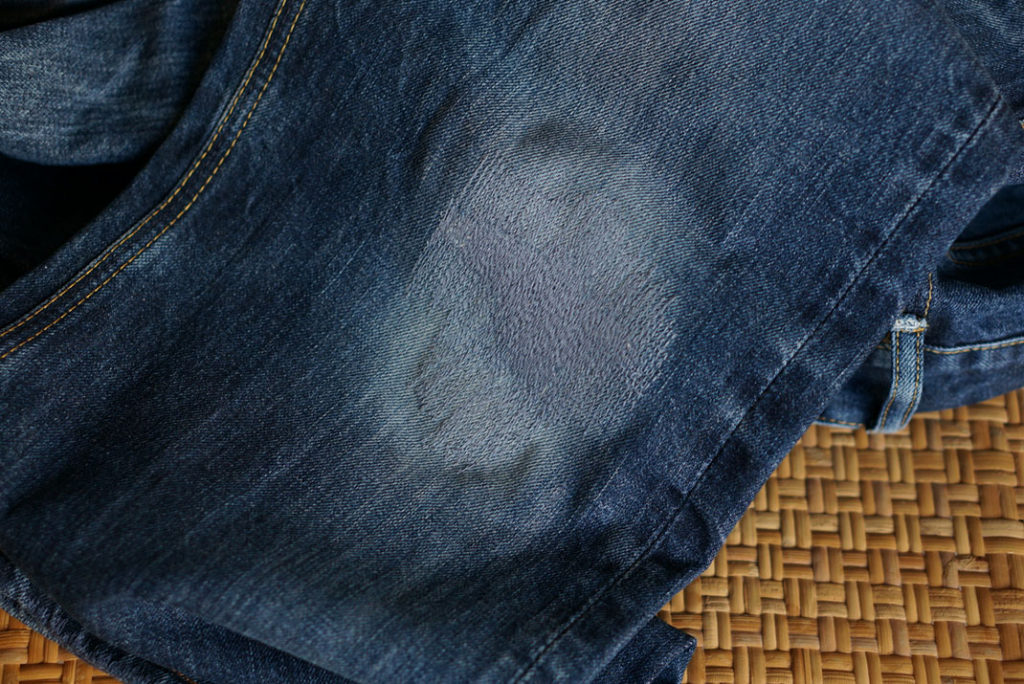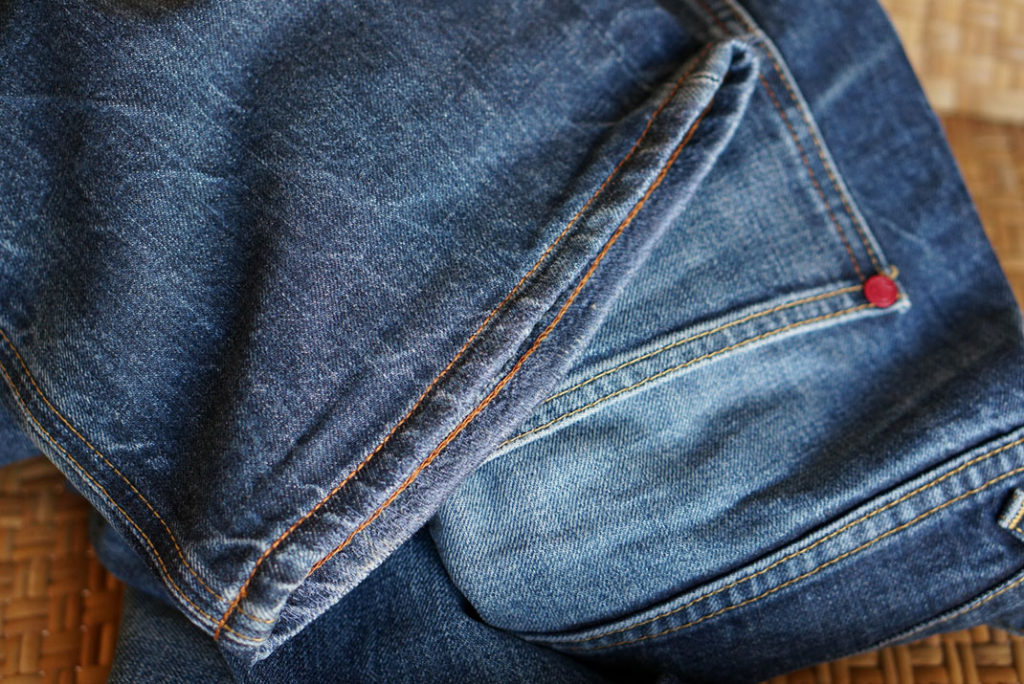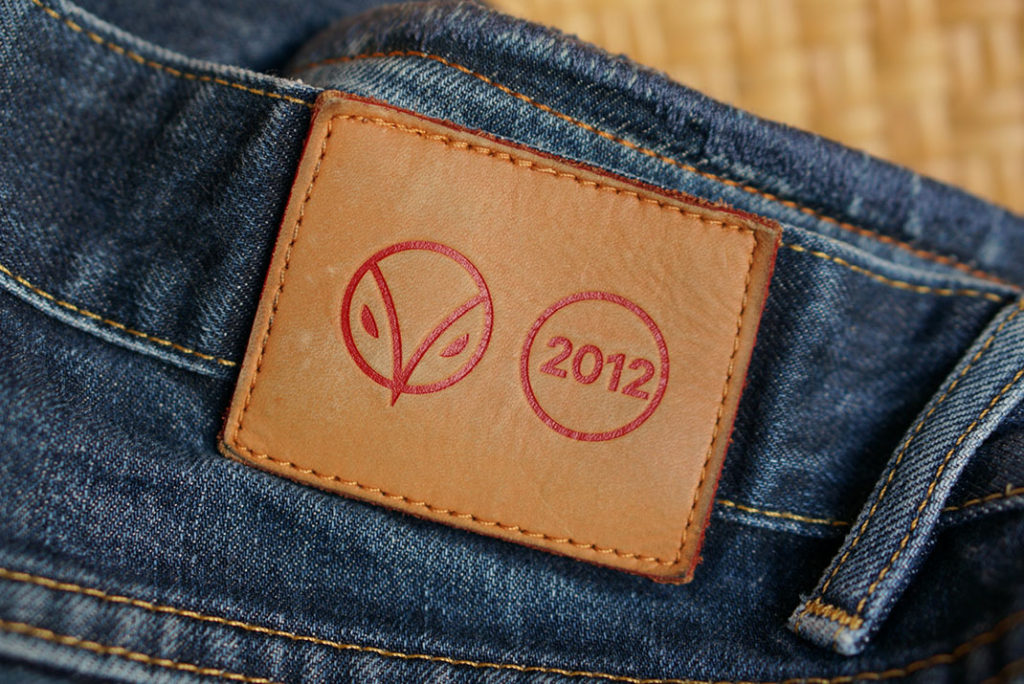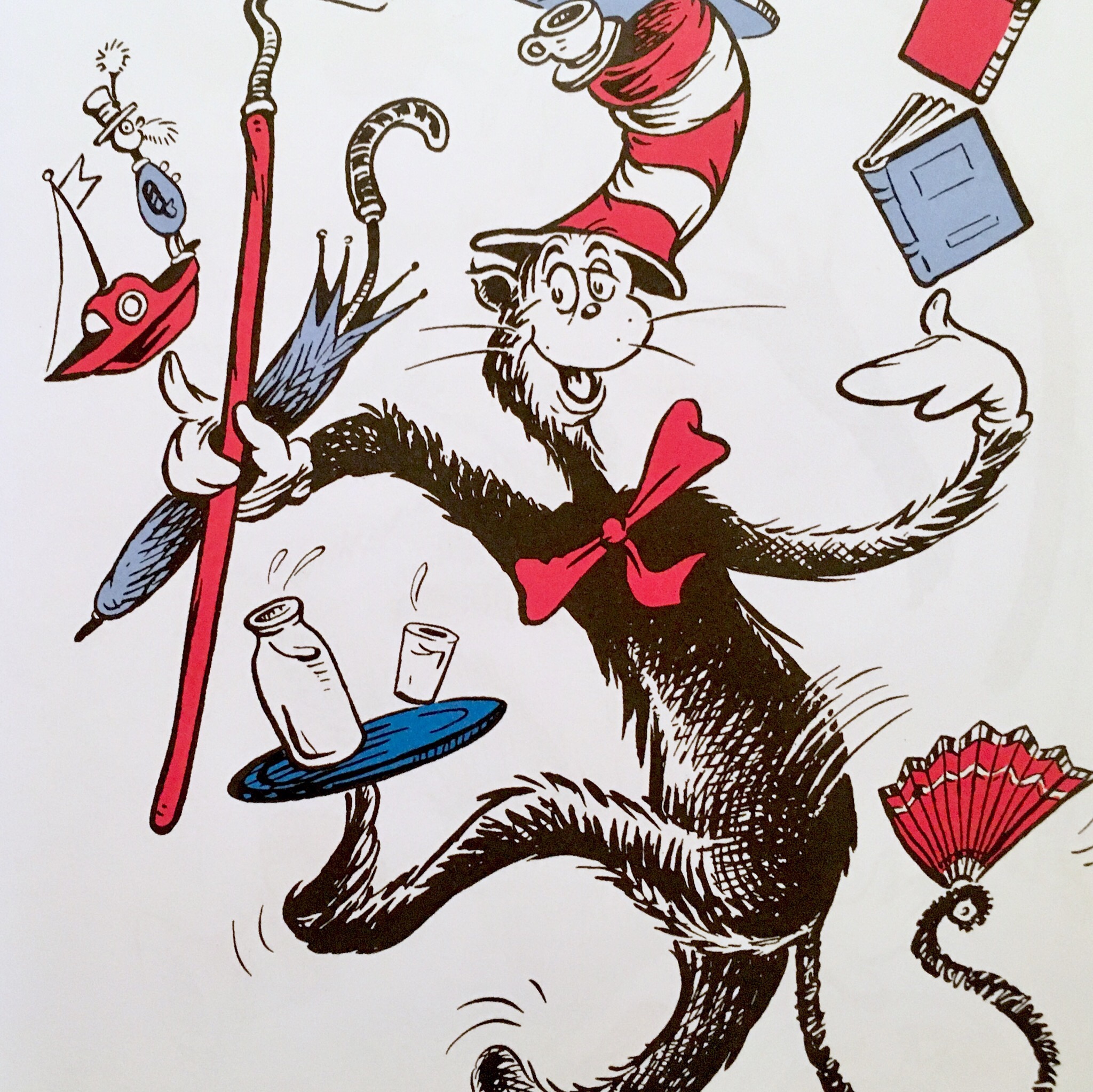The news of impending parenthood is shortly followed by the swift emptying of your bank account as you prepare the house to welcome junior. There is a temptation to upgrade your car, if not to a full people-carrier or Chelsea tractor, then at least to something roomy. Indeed, the three-door VW Polo we had was surrendered by its original owners as they upgraded to a Tiguan when they were expecting.
We didn’t replace our car, not because we knew better or we’re taking a principled stand, but because we couldn’t afford to. And yet, three years later, we’re really happy that purely thanks to luck and weak spending power, we are still driving that hatchback Polo, and I’d like to encourage prospective parents to stick with or even choose a three-door car.
First, hatchback boots are roomy, and having height as well as depth (something saloon cars lack) for luggage has saved us several times.
More importantly, though, is that because in three door cars the front seats fold forward and slide away from the rear, you can really get access to your baby or toddler in the back seat when loading them up or getting them out. This is probably less of an issue, at least pre-toddler, with ‘travel systems’ in which you put the baby in a self-contained seat that you separate from a fixed base and lift wholesale out of the car, but we chose not to afford this either, instead getting a non-removable seat into which we placed our baby, and in which she now sits as a toddler.
And flicking the front seat away, and having room to perch on it comfortably while facing the baby seat and carefully getting the kid secure and happy is wonderful. We didn’t even realise how how wonderful until we tried to settle our kid into a car seat in a five-door car, which involved an awkward sideways delivery, with less visibility of straps and buckles, and with a greater chance of knocking the kid on bits of the car as you manoeuvre them in. (Sorry, Ada.)
Had we had more money, we may have bought a bigger car, and bought a travel system. Had we done that, though, we’d probably have had a worse experience.
